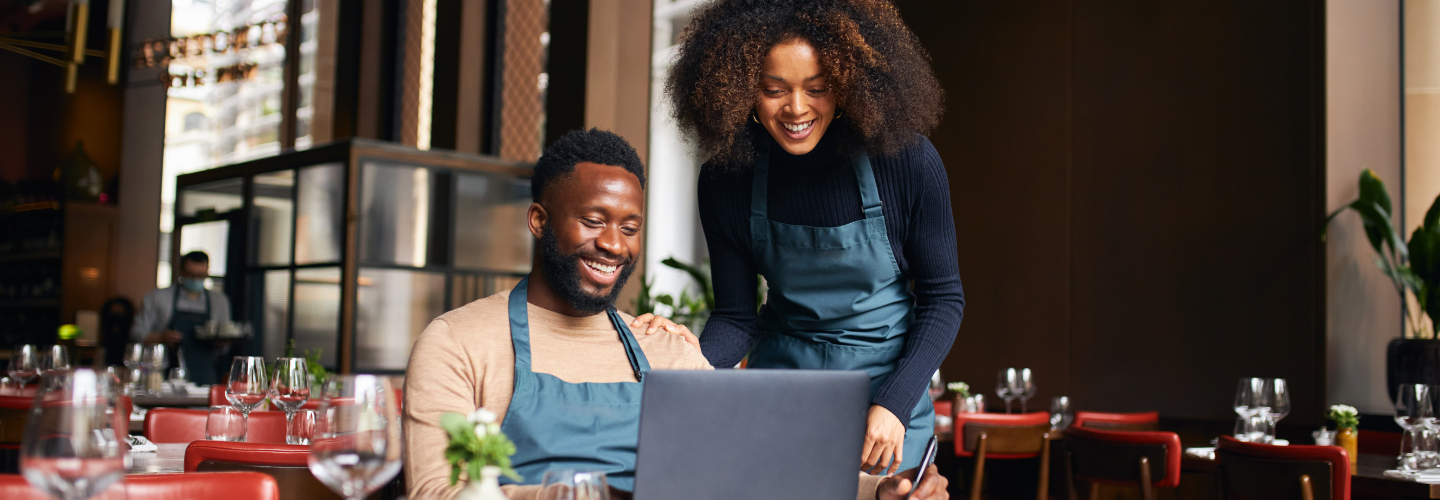This blog was originally published by Fast Casual Magazine
Jenifer Kern highlights eight trends that restaurant operators need to embrace in a rapidly progressing digital world where efficiency is no longer an easy equation.
The restaurant industry is collectively moving toward a more progressive understanding of what it means to operate efficiently, according to the 4th annual "State of Digital" conducted by Qu in the fast casual and QSR segments. This perspective shift has the power to uplift individual franchises and open the doors of progress for the industry as a whole. After surveying over 85 brands representing over 30,000 locations, the report makes it clear that rising tide floats all boats and that we're all battling the same storms at sea together.
You can read the full report here, but we've highlighted the 8 trends that restaurant operators need to embrace in a rapidly progressing digital world where efficiency is no longer an easy equation.
1. Digital sales growth spikes are leveling off and settling into a more predictable pattern. Brands can now predict more conservative digital growth estimates and more consistency with about one-third of sales coming from all digital/off-prem channels in 2023. 
- QSRs will see more digital growth than fast casual, as quick-serve consumers and brands have been slower to adopt this product on off-prem channels.
- Brands are focused on creating better guest experiences, both on- and off-prem, as the order channel mix is more complex than ever, resulting in lower guest satisfaction scores off-prem.
2. The off-premise guest experience will not improve until order accuracy via kitchen fulfillment improves. Kitchen fulfillment is the most fraught area for inaccuracies.
- Many brands see 15% lower guest satisfaction on digital orders.
- The main reasons are order accuracy and timing.
- Fast casuals and QSR sneed more unified fulfillment solutions through the KDS and all the ordering channels. Order flow, throttling, operating models different on diff channels; how to best utilize team members to fulfill orders - trying to solve for all this!
- Brands are focused on what they can control (organic traffic, communications with guests and recovery strategies to retain share)
3. More brands are investing in native cloud POS, but it must be with a foundational architecture that's data-first and has easier integrations.
- 25% selected cloud POS as the No. 1 priority for 2023, followed by foundational platform/architecture and loyalty.
- Kiosk and CDP dropped significantly in prioritization
- CDP and data lakes low priorities at the bottom.
4. Systems consolidation and streamlined ordering/menus are again a top priority, with 50% of brands planning to update to a unified commerce platform for all order channels in the next 2 years.
- Systems consolidation and streamlined ordering/menus and data is a top priority and getting closer within reach.
5. Online Ordering no longer ranks in the Top 3 investment areas for the first time in four years, further signaling a deeper focus on consolidation and platforms over point solutions.
- Brands have been seeking tech/systems consolidation for past few years, but now it's closer in reach with more sophisticated platforms and APIs.
- Data centralization is a key driver — as part of personalizing the experience.
- Point solutions require more resources and integrations (time and money and complexity). Efficiency is a key driver.
6. The Big 3 functional areas (IT, operations and marketing) must become more aligned on systems prioritization within the enterprise tech stack to build a scalable restaurant of the future
- Each functional area picked different priorities, signaling some misalignment in building the centralized tech stack that collects the data and scales easily.
- Need for updated reporting structure > IT no longer part of PM team and support but need for CTO/CDO to lead and understand business + align with C-suite peers.
7. Brands are aligned on the tech innovation they're pursuing, with AI & ML leading by a wide margin (70%), followed by robotics and voice.(top innovation priorities)
- Brands are getting very serious about AI & ML because they need to use data to make decisions (data is the new oil).
- Facial recognition, Crypto/bitcoin, and Metaverse ranked low. Only so many restaurant brands can tackle at once.
8. Technology providers must be more transparent, dependable and customer service-focused or brands will continue to distrust tech companies.
- Both QSR and FC ranked transparency in their Top 3.
- QSRs said hitting timelines and customer support were in the Top 3
- FC ranked accountability and cost in the Top 3




